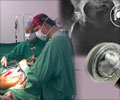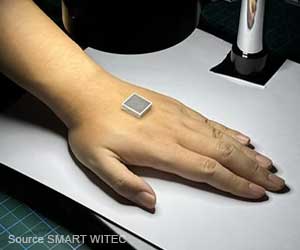Sony, the technology company based in Japan, will soon introduce a line of 4K products designed to complement every step in the surgical workflow.

The company will also introduce a line of 4K products designed to complement every step in the surgical workflow. The new products include a 4K medical grade recorder, 4K video over IP converter and a content management system.
Julie Holodak, senior marketing manager for Sony’s Medical Systems Division, said that 4K provides the highest resolution available today for surgery.
“4K monitors can give physicians and their teams advanced visualization with virtually no pixilation, especially during up-close viewing. 4K technology gives a better view of general anatomy and blood vessels, allowing nurses, clinicians and surgeons to see in far more detail than even possible with HD. This is important for minimally invasive and general surgery procedures, and for more immersive education and training,” Holodak said.
Healthcare professionals using 4K displays can see a ‘quad-split’ view of four full HD signals simultaneously. Doctors can also zoom in on a 4K image without experiencing any pixilation.
Also, the increased bandwidth of 4K needs products that can properly store, display, distribute the larger 4K files.
Source-Medindia
 MEDINDIA
MEDINDIA




 Email
Email



